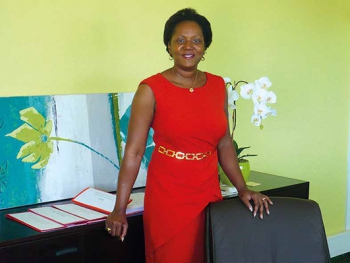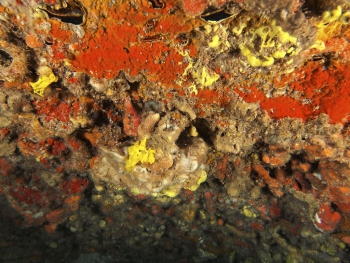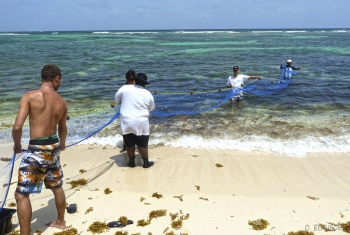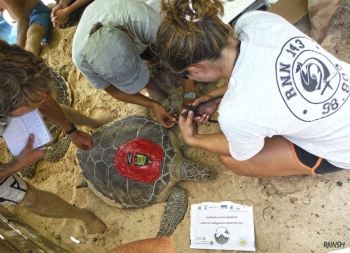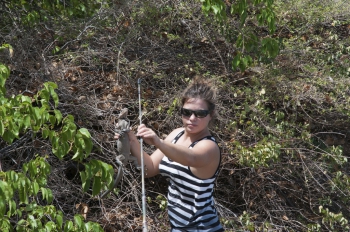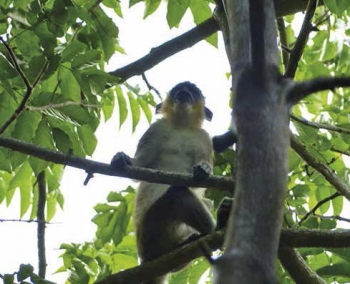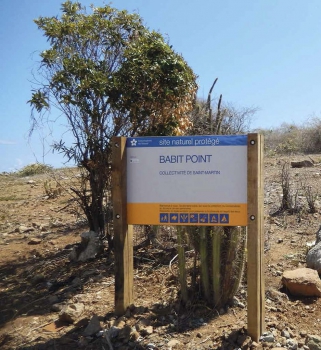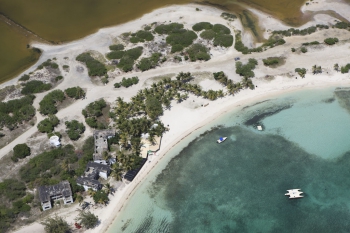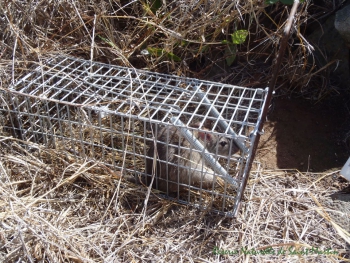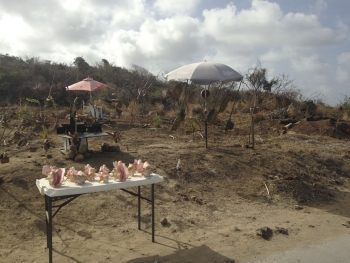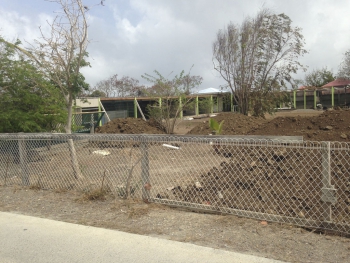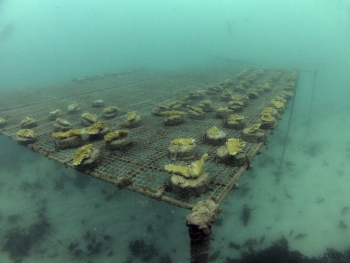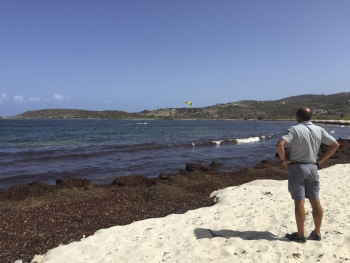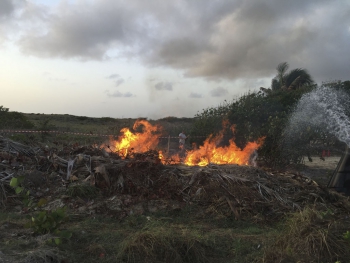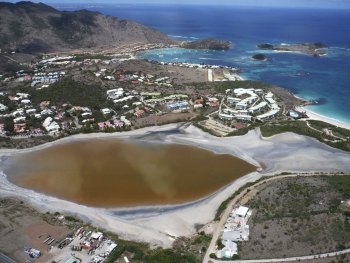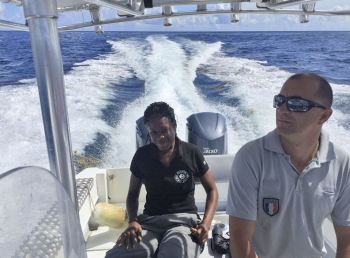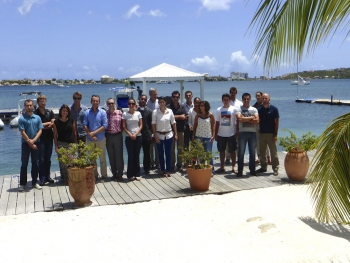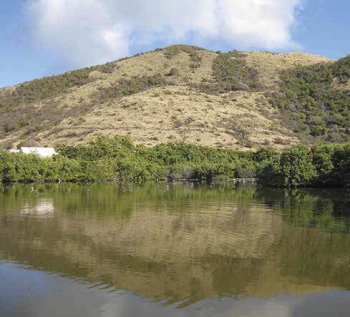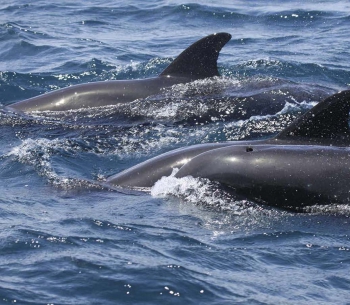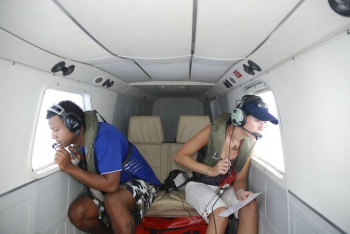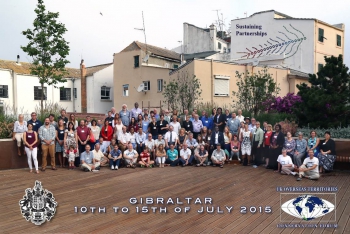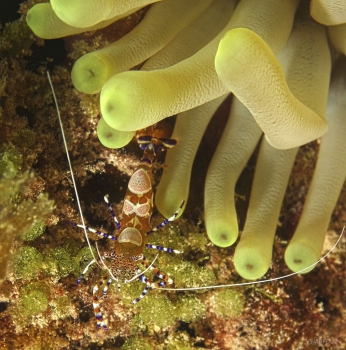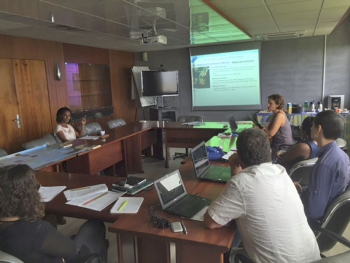Vice-president, Collectivity of Saint Martin
Vice-president, AGOA management council
À l’heure où l’état de santé de notre planète est mis à mal par l’influence grandissante des activités de l’Homme, la citoyenne que je suis a pleinement conscience de l’importance et de l’urgence de la protection de notre biodiversité. Le monde entier est concerné par cette menace, et le rétablissement vers une situation plus équilibrée ne pourra se faire qu’avec un regain de lucidité générale. Concrètement, au jour le jour, sur notre petite île, cela signifie qu’il est indispensable de faire les bons gestes et les bons choix en faveur de notre environnement et de notre patrimoine. C’est pourquoi je ne peux que soutenir et encourager le travail de la Réserve naturelle. La mise en place de pépinières de coraux, l’élaboration d’habitats artificiels pour les espèces marines, la protection des mammifères marins ou bien sûr la création de l’Institut caribéen de la biodiversité insulaire sont des actions qui vont dans le bon sens. À notre échelle, c’est en donnant l’exemple et en communiquant largement que nous participerons à un monde meilleur, et que nous ferons de notre île un endroit où il fait bon vivre.

